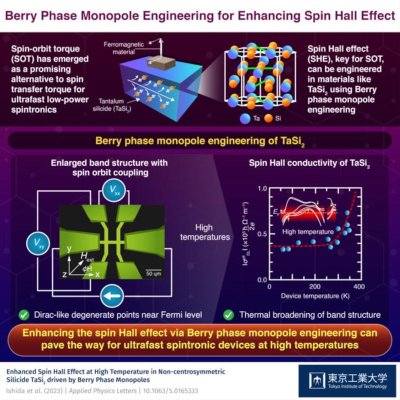Researchers identify a new state of matter with Chiral Currents
An international team of researchers has identified a novel state of matter, distinguished by chiral currents at the atomic level. This discovery challenges traditional understandings of magnetic materials and opens up new doors for quantum material applications.
Chirality, a property indicating that a structure cannot be superimposed onto its mirror image, is crucial across various scientific fields, notably in understanding DNA's structure. The research group, led by Federico Mazzola from Ca' Foscari University of Venice, observed these chiral currents through interactions between light and matter. Specifically, they demonstrated that electrons could be ejected from a material's surface with a distinct spin state by employing suitably polarized photons.
